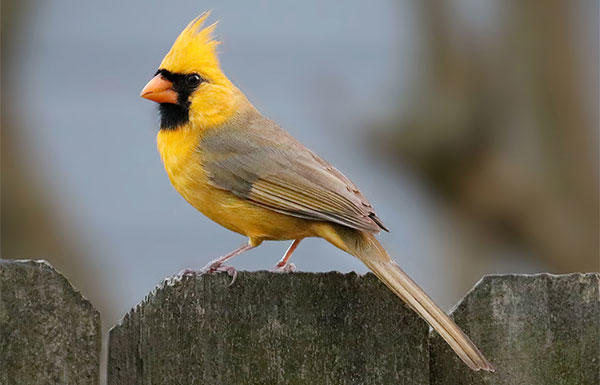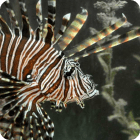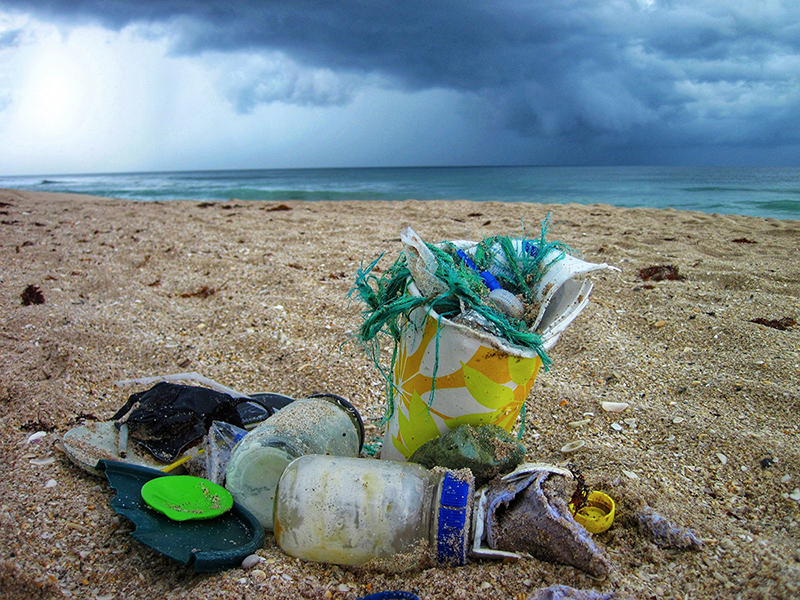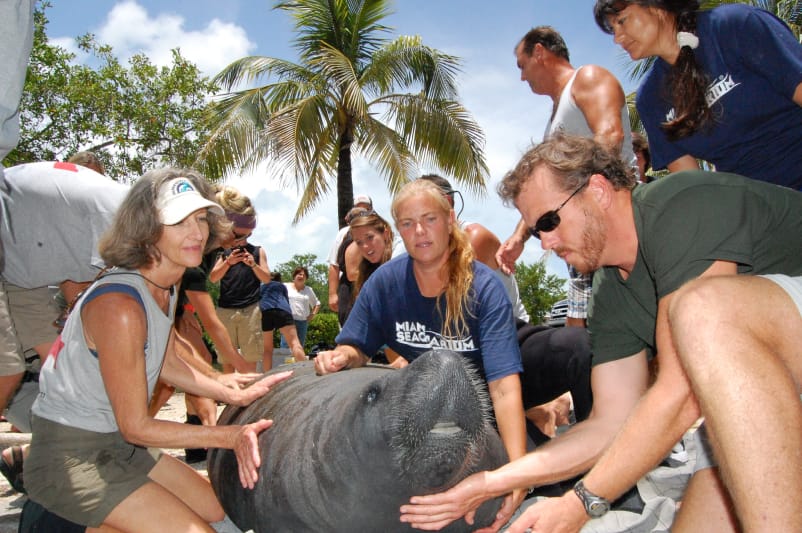
By: Kyle Grammatica
Florida is home to an incredible variety of plants and animals, including rare and elusive species like the Miami blue butterfly and the Florida bonneted bat. Sometimes, striking variations of common animals can be spotted as well. Such was the case when a yellow northern cardinal was spotted in Florida this week.
Yellow Northern Cardinals
Recently Tracy Workman, a photographer in Port St. Lucie, Florida, spotted a rare variation of the northern cardinal. The adult male cardinal was a vibrant yellow color instead of the normal red. There are typically only three yellow northern cardinals spotted each year, making the bird’s appearance in Florida even more exciting. Workman, who has seen the bird twice now, nicknamed it Sunny.
Geoffrey Hill, a professor at Auburn University and an expert on bird coloration, said that the yellow coloration is a result of a rare genetic mutation found in the species. The mutation replaces the normal red pigment cardinals get from their food with yellow pigment. This condition is called xanthochroism and has been identified in the northern cardinal species and other birds like eastern house finches and the red-bellied woodpecker. The color swap could also be from a poor diet or environmental stressors that affect how the color pigments in the bird’s food is used and shown. However, if the yellow color remains throughout a cardinal’s life, it is most likely from a genetic mutation. Other cardinal color mutations have been found, including one with half male, half female coloration called a bilateral gynandromorph, an animal that has genetically male and female tissue.
Bird Color Variations
There are many other color variations more commonly seen in birds, like albinism. Albinism occurs in many animal species as well as humans. The condition is caused by a genetic mutation that prevents the production of melanin. Some colors in birds are caused by melanin, and others are caused by pigments. As a result, birds can have albinism but still not appear totally white. The total absence of color is called true albinism. Albinistic birds have pink eyes since without melanin in their body, the only color in their eyes comes from blood vessels. On the other side is melanism, a color variation where birds have high amounts of melanin, causing their feathers to be darker than normal. This color variation is less common than others. A third color variation is leucism. Birds with leucism have an abnormally low amount of pigment in their feathers. The birds will have pale colors over their whole body, or random patches of white. Birds with abnormal patches of white from leucism are sometimes referred to as pied. For now, it is unknown whether this variation comes from a genetic mutation or from pigment cells that were damaged during the bird’s development.
We believe that all Florida’s plant and animal species should be protected. To conserve our state’s natural beauty, please donate here.











